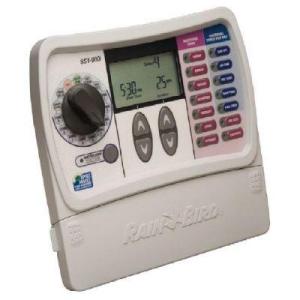I'm interested in composting and growing vegetables for a long time, but I was thinking that in a period of time I could try to have a peaceful, "village" life, having most of my green groceries from my land.
I need some pointers on following matters:
-Which type of composting I should use? I was thinking vermicomposting..
-What vegetables are easy to grow and care for and have good nutritional value? Tomatoes, Peppers..
-How big my land should be to sustain let's say 3-4 ppl?
I'm open to lots of tips and sugestions, I even consider aquaponics outdoors.

I need some pointers on following matters:
-Which type of composting I should use? I was thinking vermicomposting..
-What vegetables are easy to grow and care for and have good nutritional value? Tomatoes, Peppers..
-How big my land should be to sustain let's say 3-4 ppl?
I'm open to lots of tips and sugestions, I even consider aquaponics outdoors.








